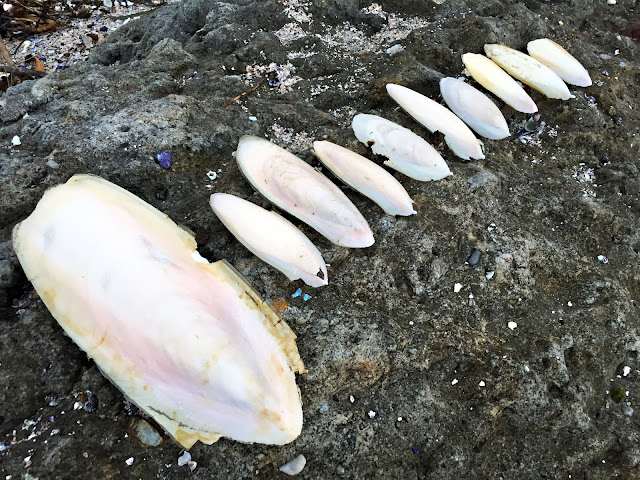pictured above
LONG BASED KEEL'S compared to a standard FCS THRUSTER FIN
DRIVE vs PIVOT Performance
FIN'S
how to put a board cover on from adam williams on Vimeo.
Fin Size
The overall size of the fin will make a big difference in the performance. A larger fin will have more hold and provide more control in bigger surf, where as a smaller fin will be loose and less forgiving , but the lack of DRIVE and control needed in bigger surf.
Fin Base
A wide or long fin base will help produce more drive and will allow you to draw out your turns. A narrow , or short fin base will be a little easier to turn, but will provide less drive.
No Knee-Bahs Here from adam williams on Vimeo.
Fin Depth
The depth of a fin is how tall, or how deep into the water the fin goes from the bottom of the board. A deep fin will have more hold and stability , where as a shallow fin will provide more release in your tuns.
Fin Rake
The rake of the fin is how far back the fin tilts or sweeps. The more rake you have in your fin , the more drawn out your turns will be, and are preferable on bigger days or where there is a long wall to work with . A upright fin will pivot a little more and will be more useful on weaker or junky days.
Fin Foil
The foil of the fin is the aerodynamic shape of the fin from front to back , and will help create some lift under the board. Fins are usually thicker around the centre and taper out towards the edges. There is a few basic foils and many variations of these. Side fins found on twins, thrusters and quads are usually flat , or sometimes curved inward on the inside , with its foil on the outside. Centre fins usually have equal foil or double foil on both sides . Usally found on single fins , the centre fin on a thruster , or sometimes the rear fins on quads and some keel fins on traditional fishes .
Fin Cant
The cant of the fin is the outward angle of the fin in relation to the bottom of the board.A fin set up at zero cant, straight up and down, is faster in a straight line , but not very responsive through turns.The more cant a fin has to a degree, the more responsive . This helps keep drive up when the board is tilted or on rail.
Fin Toe
The toe of your fin setup is the angle of the fin pointing towards the centre of the board. Common of the majority of side fins, the toe of the fin creates pressure on the outside foil of the fin , allowing the surfer to have a more responsive feel with the fin or the board.
Flex
Much of a fins performance is going to be directly related to flex. Flex contributes to projection , which in turn produces speed and control.They usually feature a wider base , tapering down to a narrow tip and offer very little drag and alot of projection when coming off a bottom turn.
Tri Fins
Glassed in Boxed
Twin Keel
Large broad based
Bonzers
Spoons & Single Fins
Asymmetrical
UFO\
UFO from adam williams on Vimeo.
Mini Simmons
Richard Palmer
Flexible Keels
richard from adam williams on Vimeo.
Flexible
with Neal Cameron
FLEXIBLE from adam williams on Vimeo.
Textures
Colour
and the moral of this story is....?


































































